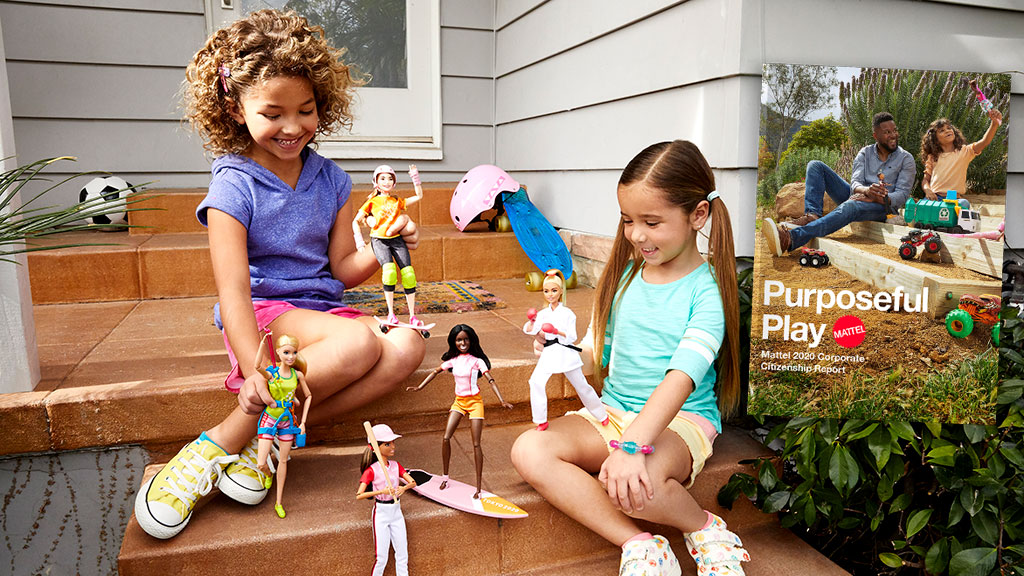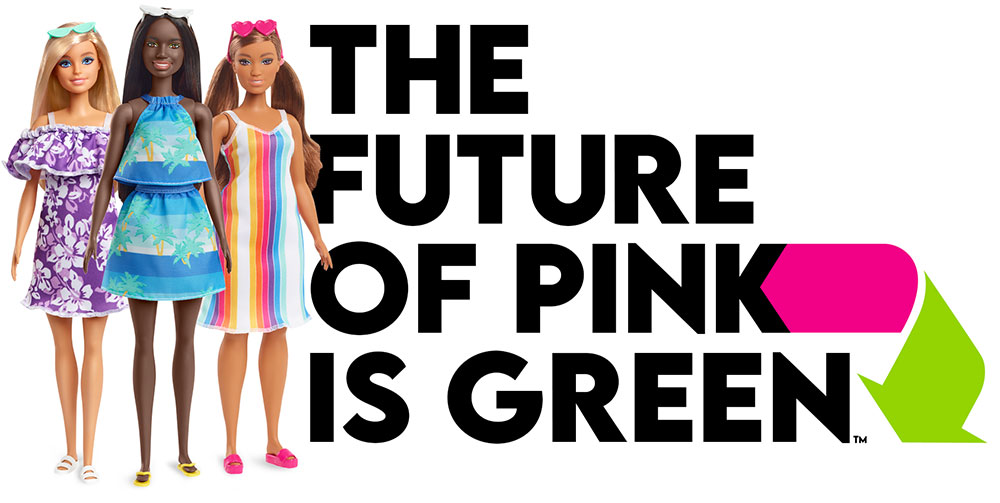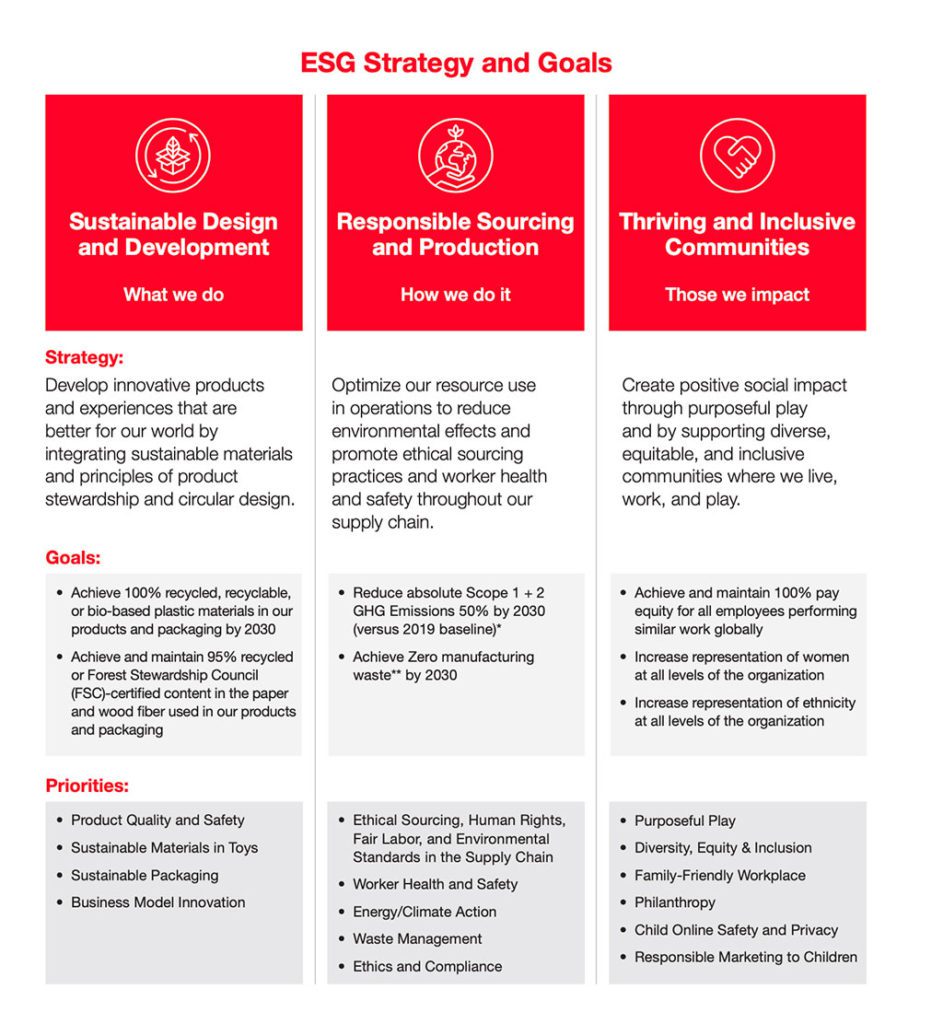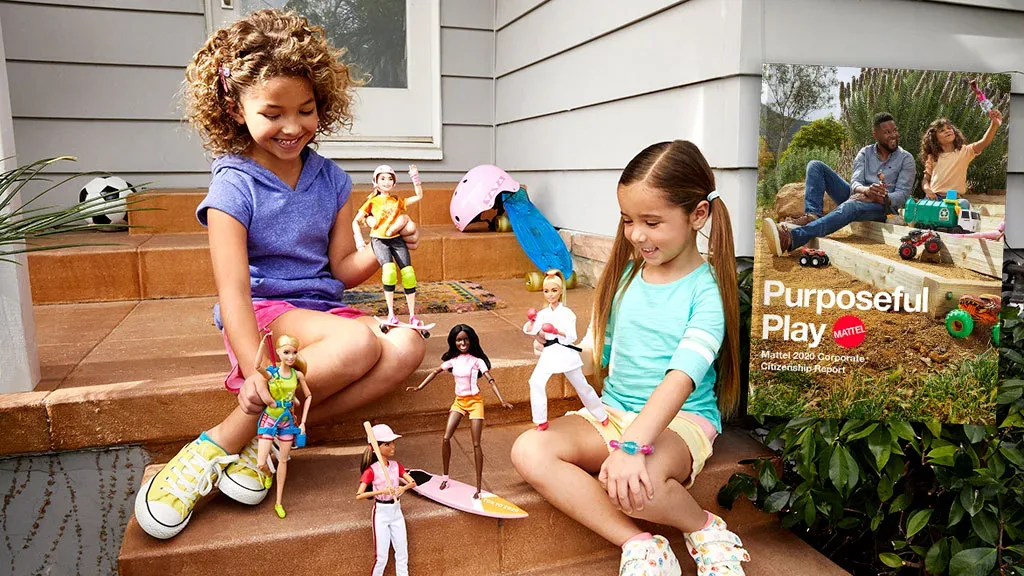
The future of pink is green.
That’s part of the messaging delivered in Mattel’s 2020 Citizenship Report alongside an update on progress and future plans for its environmental, social, and governance (ESG) strategy and goals.
Following new strides taken in the past year, Mattel says it plans to reduce its greenhouse gas emissions by 50% and achieve zero manufacturing waste by 2030. These goals complement the company’s previously outlined plans to use 100% recycled, recyclable, or bio-based plastic materials in all of its products and packaging by 2030.

“As a purpose-driven company, we take our role as a responsible corporate citizen very seriously,” says Mattel Chairman and CEO Ynon Kreiz. “Our updated ESG strategy serves to build upon a solid foundation and leverages additional opportunities to manage our business more sustainably in a rapidly changing world. We are aiming to have a positive influence on the world around us while continuing to execute our transformation strategy and advance our purpose to empower the next generation to explore the wonder of childhood and reach their full potential.”
The revised ESG strategy and goals are separated into three core pillars: Sustainable Design and Development; Responsible Sourcing and Production; and Thriving and Inclusive Communities.

“At Mattel, we aim to contribute to a more diverse, equitable, inclusive, and sustainable future,” says Pamela Gill-Alabaster, head of global sustainability. “Our updated ESG strategy and goals, recent sustainable new product launches, and toy takeback program are all part of a broader effort to manage our business more sustainably.”
In recent months, Mattel has launched new products and programs designed to move toward a sustainable future. These include Barbie Loves the Ocean; the Matchbox Drive Toward a Better Future initiative; and the Mattel Playback toy takeback program.

